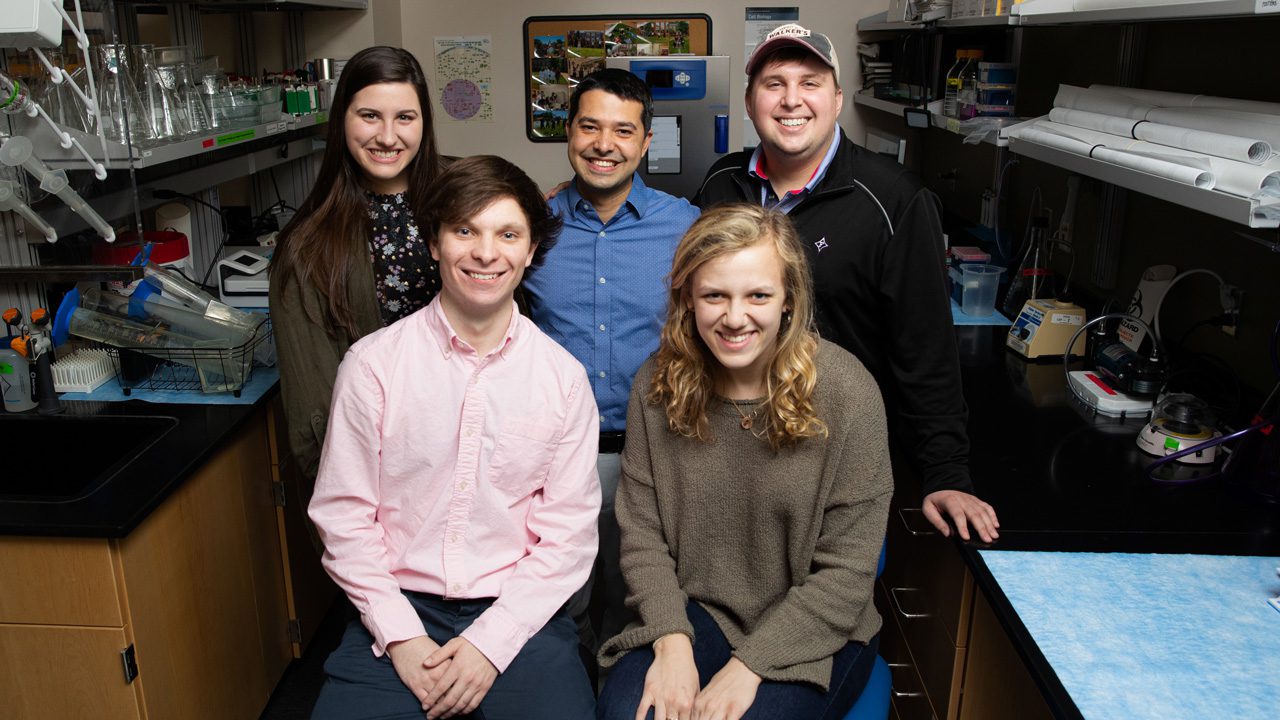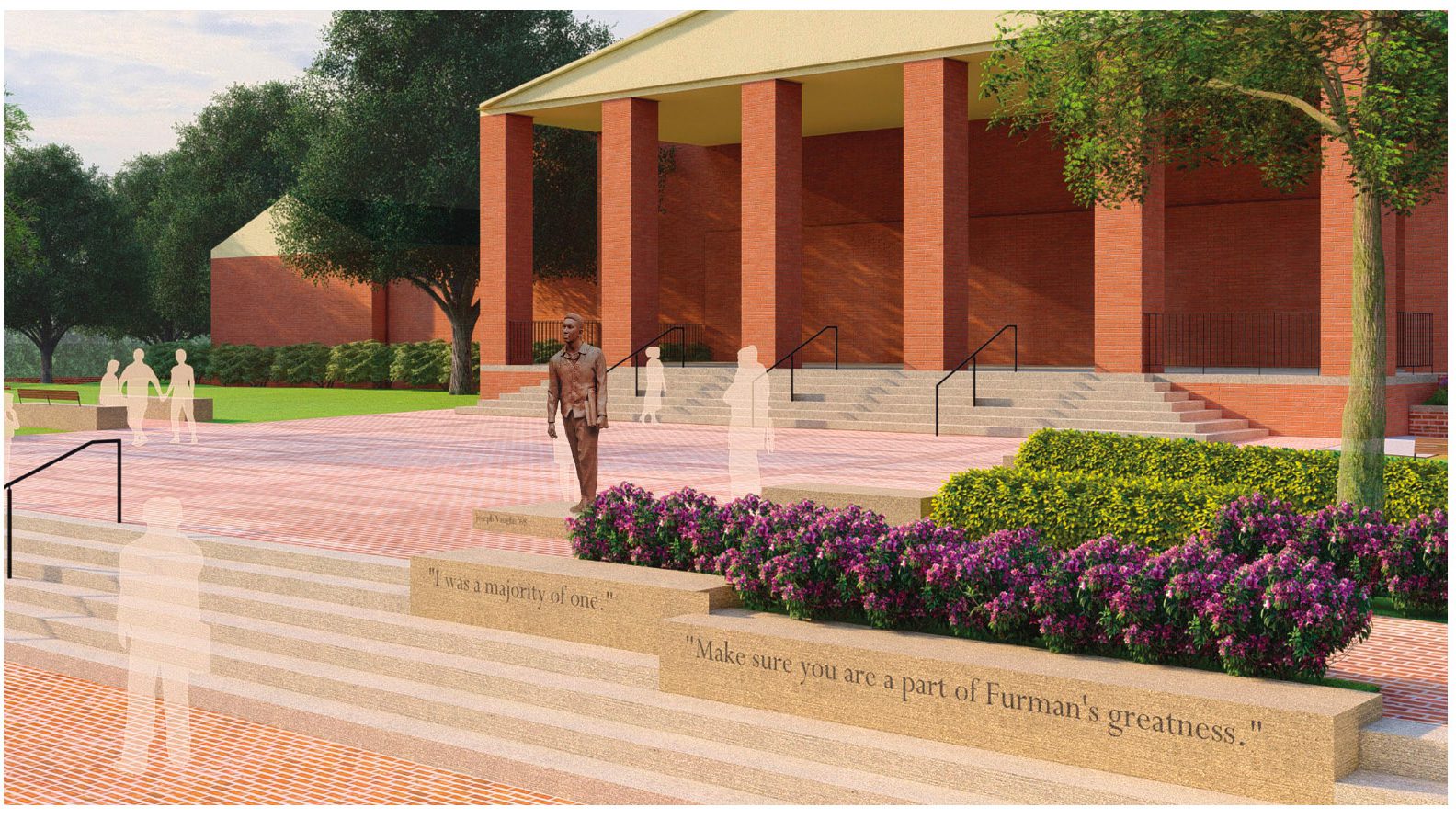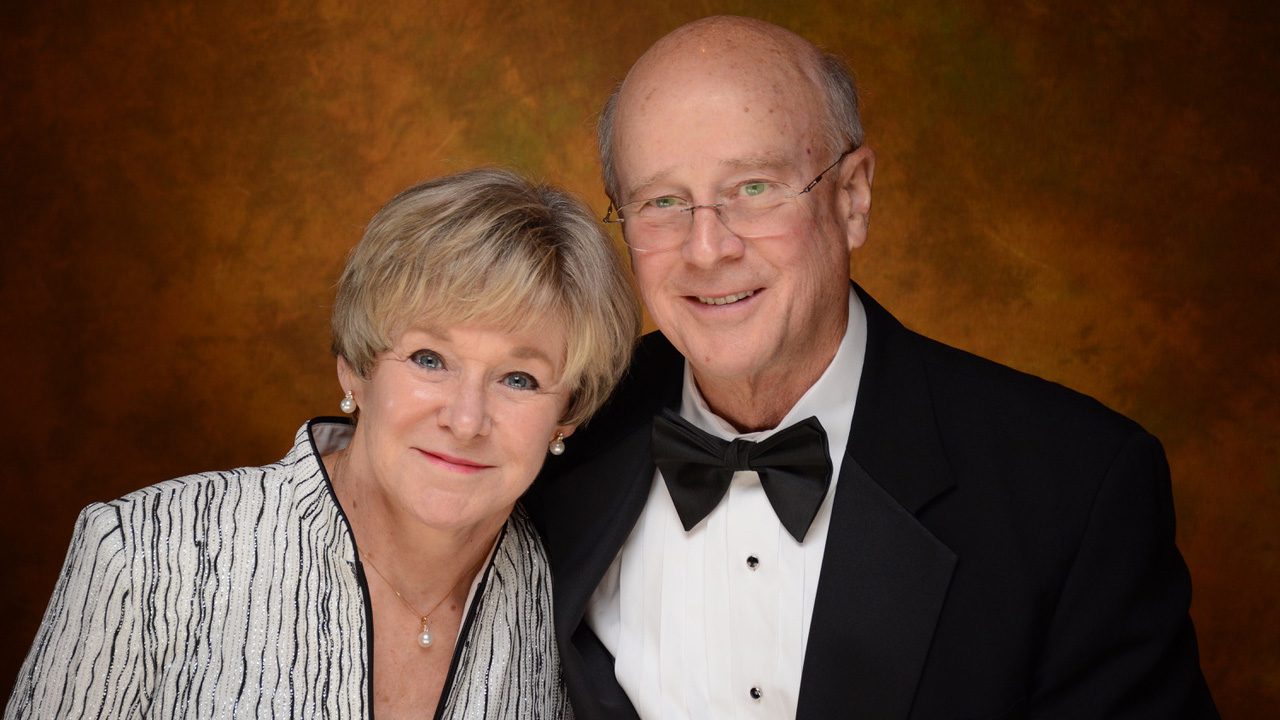

Front row: Tucker Shelton ’22, Ashley Godwin ’21. Back row: Sarah Perling ’21, Dubash, Hunter Alexander ’20.
Containing the Spark
Research at Furman reveals new clues to how cancer spreads.
By Clinton Colmenares
Like a spark that grows into a roaring wildfire, a cancer cell looks for opportunities to break free from an initial tumor and grow rapidly out of control. If the fire can be contained to the original spark, the odds of putting it out increase.
“Any early stage tumor is relatively easy to treat. Catching cancer before metastasis occurs greatly improves prognosis,” says Adi Dubash, the Henry Keith and Ellen Hard Townes Assistant Professor of Biology and coauthor with four Furman students of the research that earned the cover of the June 2019 issue of The Journal of Investigative Dermatology.
Dubash, an assistant professor of biology, and his students – Jacqueline Bendrick ’18, Luke Eldredge ’19, Erica Williams ’17 and Nick Haight ’19 – spent three summers testing a theory about cancer metastasis that began with Dubash’s previous research in heart disease.
After a heart attack, proteins signal the growth of fibrous tissue to replace dead heart muscle cells. The proteins work with desmosomes – sticky parts of cells that help connect them to each other – to form patches that help the heart maintain its structural integrity. As a postdoctoral fellow at Northwestern University, Dubash found that when desmosomes are missing, a cell-signaling protein called p38 MAPK is more active, leading to more fiber production.
Cancer cells use similar fiber “highways” to migrate faster and metastasize to other parts of the body. Dubash and his students found that such signaling between proteins and desmosomes also occurs in cancer cells.
Dubash and his team looked at human skin cancer cells, including cells that lacked desmosomes. They scratched the cells to create a wound, a common technique to measure cell migration, and photographed the cells immediately after the scratch and 12 hours later.
Without desmosomes, the signaling by two proteins – p38MAPK and RAC1 – increased, which led the cells to produce more protrusions, or “arms,” so they can efficiently grab on to fiber highways in their environment and move faster, like laying down a trail of dry kindling in front of a fire.
The team also discovered that they could return the migration rate to normal by blocking the signaling or reintroducing desmosome proteins to the cells. The research adds to a growing body of work that paints desmosomes as more than cellular glue, but rather complex structures that regulate cell functions like cell migration, which make them potential targets for drug therapy.
“There’s absolutely a role for desmosomes” in controlling metastasis, Dubash says. “The question is, can we translate this new knowledge into drug therapies that inhibit these biochemical signals.”
As fulfilling as the research is, Dubash is also proud that the work helped propel his undergraduate students’ careers.
“I just did a ton of (job) interviews in Seattle,” says Bendrick, one of the students, “and everyone was very surprised that I had a first-author paper, and as an undergrad. I haven’t met anyone who has done research at an independent level as an undergrad.”

Tools and techniques from the sudden shift will benefit students even after the pandemic is behind us.


